alarm clocks and SLR cameras
by Giulia Di Cato – All images to be credited to: Eagle 7
When selecting and training security staff to work at airports one needs to have a clear understanding of the job they will be required to perform. When training people to use security equipment one should be familiar with the technology, and have used it, oneself.
That’s the best way to create a team of security professionals.
If you want X-ray operators who are simply able to follow rules and detect ‘medieval’ objects, such as radio cassette recorders (When was the last time one was used to conceal an IED? Lockerbie? In 1988?) which neither passengers nor airport operators carry with them, you can gather your screeners together in a room, tell them the story of the various ICAO conventions, and the regional and domestic regulations, and then provide some bags you first prepared twenty years ago for them to test their detection skills on! With that you can claim to have provided training and have the requisite number of screeners available, but quality will be missing; you will be deploying people filled in with information that will not be relevant to them in their real operating environment.
I am lucky. I have been working in aviation security since well before 11 September 2001. I was trained to perform behavioural analysis, as well as in the use of security equipment and I was also trained to train people. Therefore, when I speak in a class of security operators I understand their job. I appreciate the difficulties they will face. I used to be one of them.
Despite the fact that many security managers are focused on technology – and I do believe we have wonderful machines at our disposal nowadays – we must ensure that our eyes remain attached to our brain! They, in tandem, work better than any X-ray or computed tomography system, or an explosive trace detector.
This combination of human factors and technology can be hugely effective, but only if they are supported by a continuously updated training regime.
The reality is that training providers often fail to update their materials for the customers who pay for their training courses. Airport management can become fixed on checkpoint throughput rates and may be guilty of not only being incapable of distinguishing one machine from another, but also, unfortunately, one training style from another. Management is often satisfied that training is appropriate simply because it meets regulatory requirements rather than because it has a refined quality control regime in place.
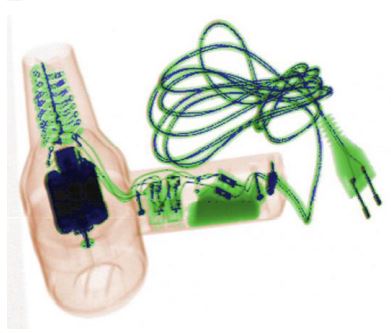
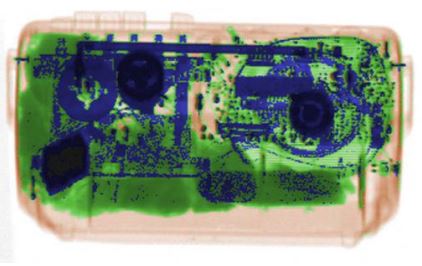
A typical example is the use of TIP (Threat Image Projection). TIP is basically software added to X-ray machines that can be used to train, test, effect quality control and, conceivably, disqualify operators. The real, and original, aim (at least I hope!) of this programme was to enhance screeners’ performance. Unfortunately, however, TIP can be tortuous for screeners who may be punished if they do not reach a certain percentage in detecting what are, oftentimes, stupid, antique threat items that no terrorist would carry with them today.
The best way to create practical and useful training courses for screeners is to travel. Go to airports, look at what passengers have in their cabin baggage and in their checked bags. Go to a warehouse and see what expeditors send as cargo around the world. Of course, not once, but many many times. Ask, and learn from, screeners. Establish what their difficulties are, create courses that resemble reality, utilise role plays, with real bags, real mail and real cargo. Seek permission to collect images from the equipment and then update training imagery to reflect the baggage contents of 2021.
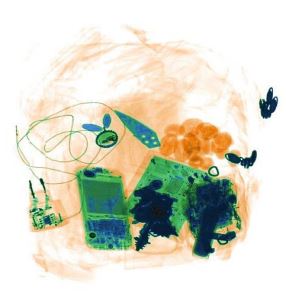

I am fed up seeing people in a laboratory, who have never worked at airports and who do not know anything about security, use bag builder or other similar programmes to create images that are boring and are a far cry from the reality of bags transiting our airports. It may be the easy and least expensive solution, but it is almost useless.
Ask screeners what they think about Threat Image Projection software. Ask screeners how appropriate and current the images they have to analyse every month (in order to maintain their certification) are. Ask them if they feel they are able to detect a possible terrorist passing through their checkpoints. Their answers may be alarming.
Is there another system? Oh yes, for sure there is. But first of all we need to change our perspective, or be better focused on our goal – that of keeping the skies safe.
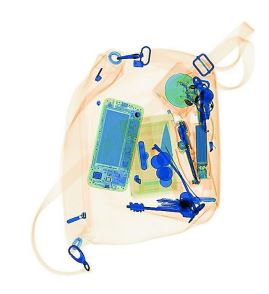
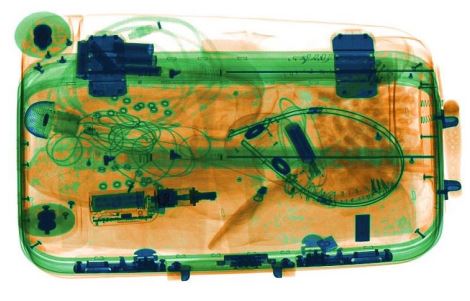
There is next to no benefit in showing a screener a radio, an old cellphone or a camera. Indeed, I would say to screeners, “Hey if you see anything like that in the operation, pay close attention. It is suspicious. Those objects are not carried anymore!” Let’s make an effort and put in bags what passengers put in their belongings and carry on their person. Let’s use the smartphones of today that are cameras, computers and phones all at the same time. Let’s use laptop computers because they are still used, but let’s use the ones of 2021. Let’s use electronic cigarettes and, if necessary, even sex toys as they are far more commonplace nowadays than a decade ago.
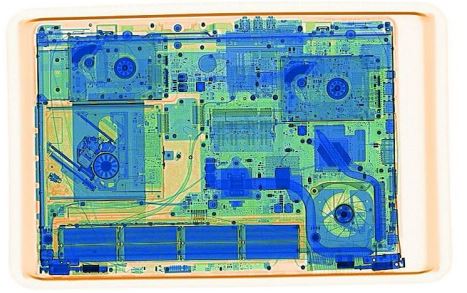
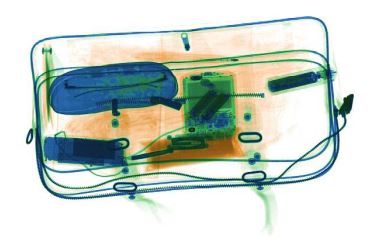
And when we create improvised explosive devices (IEDs) we want screeners to be able to detect, we can’t simply put some plastic material inside a radio cassette recorder like we did in 1988. We should still train security staff to pay attention to electronic devices because they are better than any other object to disguise an IED.
We have to teach our screeners to pay attention to the ‘abnormal’. We have to underline the fact that many terrorists do not have anything prohibited or restricted in their bags but they may wear the item they will use onboard. We must train our security people to be conscious of the insider threat too. Let’s speak about chemical and biological substances that do not need to explode in order to kill and injure; let’s speak about potential weapons disguised in everyday objects (and not swords or batons like in James Bond movies!); let’s speak about 3D printers that may create many potential weapons.
In short, let’s move from 80s and 90s and be 2020s.
I started my job in security in 1993 and started to train people in 2002. Even if I only go back three to five years, my classroom lectures were very different to how they are today. As the threat has evolved, so has our material. We must invert the mechanism and reset the system. Let’s not focus on algorithms and automation; they may help but are not the key.
In security, people are the key and people make the difference… especially if they are well trained and motivated!
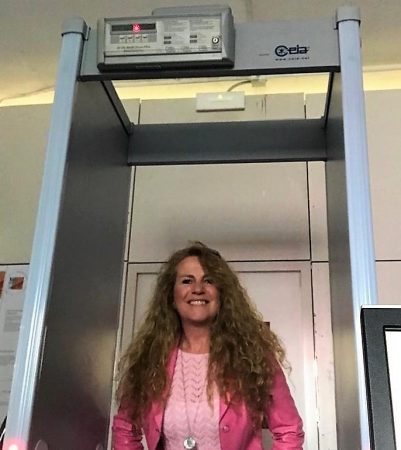
Giulia Di Cato is a security trainer and an expert in the use of security screening technologies. She works for ATS (Aviation Training Services), an Italian training company based in Milan, and cooperates with Eagle 7 in developing security software for the training of screeners. Giulia is also a fan of behavioural analysis – not only as it pertains to passengers and people in general, but also with regards to bags and cargo.
More articles written by Giulia can be found on Simulscan’s Facebook page.
Her email address is giuliadicato@gmail.com